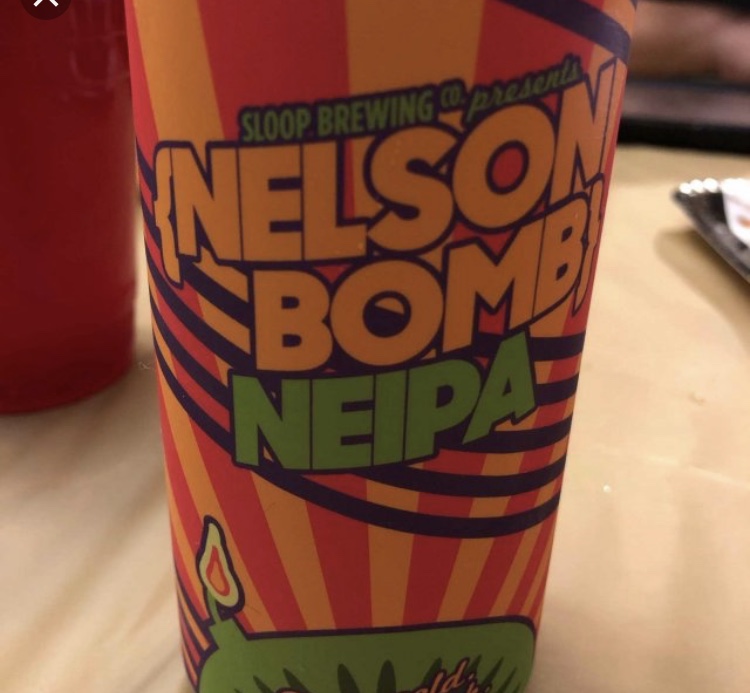https://www.homebrewtalk.com/forum/threads/keg-purging-with-active-fermentation.628658/
https://www.homebrewtalk.com/forum/threads/pressurized-closed-loop-corny-keg-fermenting.600563/
Two good threads on the process he’s using.
But it appears he is going into the blow off first and then into the kegs chained together...and venting out the back keg. Interesting. Wonder why?
And I’d like to know what the second keg is for also unless just to purge it because he can....for use with another beer or the fermenting batch pictured.
https://www.homebrewtalk.com/forum/threads/pressurized-closed-loop-corny-keg-fermenting.600563/
Two good threads on the process he’s using.
But it appears he is going into the blow off first and then into the kegs chained together...and venting out the back keg. Interesting. Wonder why?
And I’d like to know what the second keg is for also unless just to purge it because he can....for use with another beer or the fermenting batch pictured.
Last edited:






![Craft A Brew - Safale BE-256 Yeast - Fermentis - Belgian Ale Dry Yeast - For Belgian & Strong Ales - Ingredients for Home Brewing - Beer Making Supplies - [3 Pack]](https://m.media-amazon.com/images/I/51bcKEwQmWL._SL500_.jpg)





















































